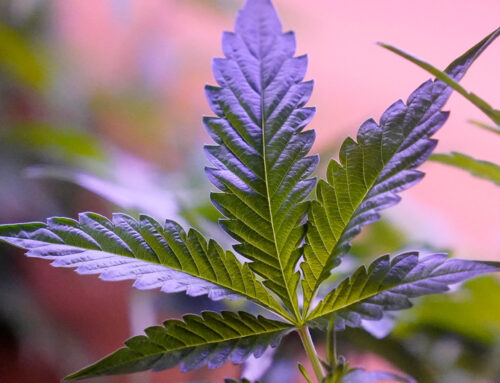Study Examines Increasing Cannabis Vaping Trends in US Adolescents
July 3, 2025
Image | adobe.stock/S.Price
A recently published study analyzed cannabis vaping trends in the US among adolescents, looking at THC, CBD, and synthetic cannabinoids (SC) individually. The researchers also focused on the importance of continuous data collection and monitoring in order to provide public health information to adolescents on the health impacts of vaping. The study, “Adolescent Cannabis Vaping Trends (2021–2023): Delta-9-Tetrahydrocannabinol, Cannabidiol, and Synthetic Cannabinoids,” was published in the American Journal of Preventive Medicine on June 30, 2025 (1).
For this analysis, the researchers examined data from three waves of the National Youth Tobacco Survey, from 2021 to 2023, for a total of nearly 70,000 responses from participants ages 11–18. The surveys addressed past 30-day cannabis vaping use, with the response options including “yes,” “no,” or “I don’t know.”
Highlighted results include:
- In 2023, an estimated 2.55 million adolescents were vaping delta-9-THC, 999,000 were vaping CBD, and 620,000 were vaping SC
- Between 2021 and 2023, the prevalence of delta-9-THC and SC vaping doubled among individuals ages 11–13
“We found a significant increase in adolescent vaping of THC, CBD, and SCs from 2021 to 2023,” explained lead investigator Jack Chung in a July 1, 2025, press release from Elsevier (2). “THC vaping peaked in 2022 while the use of SCs continued to increase. Adolescents increasingly expressed uncertainty about the substances they were vaping; for example, uncertain respondents answering ’don’t know’ if they have vaped SCs tripled across the years. Our results also showed that females had a higher prevalence of THC, CBD, and SCs vaping compared to males.”
Limitations to this study included a drop in response rates from 2022 to 2023, potential bias from self-reported data, and the lack of data on overall cannabis consumption.
The authors emphasized the importance of more research on the evolving trends of adolescent vape use. As noted in the study’s introduction, previous studies have suggested that mental health symptoms are more strongly linked individuals who vape cannabis than to those who use other combustion methods, and SC can lead to more unpredictable reactions due to their stronger binding to brain receptors.
“We still know very little about the long-term health effects of cannabis vaping, which makes it even more important to understand what’s in your vape,” added study co-investigator Gary C.K. Chan, PhD (2).
Chung explained that substance use in teenagers is motivated by peer influence as well as social media and marketing exposure, and suggested that the results of the study will encourage harm reduction and education efforts directed at adolescents (2).
“One of the most unexpected findings from our study was the continued rise in adolescent use of SCs,” added Chung (2). “This trend is particularly alarming given that these substances are often accessed through unregulated, illicit markets, where there are no safety standards or quality controls. The growing popularity of SCs among youth raises serious concerns about potential health risks and highlights the urgent need for targeted public health interventions and regulatory oversight. These synthetic cannabinoids products could potentially be deadly, with many adolescents unknowingly vaping these harmful and synthetic substances.”
References
- Chung, J.; Lim, CCW; Stjepanović, D.; Hall, W.; Connor, JP.; Chan, GCK. Adolescent Cannabis Vaping Trends (2021–2023): Delta-9-Tetrahydrocannabinol, Cannabidiol, and Synthetic Cannabinoids, American Journal of Preventive Medicine, 2025. DOI: 10.1016/j.amepre.2025.107655
- Elsevier. What Are They Vaping? Study Reveals Alarming Surge in Adolescent Vaping of THC, CBD, and Synthetic Cannabinoids https://www.elsevier.com/about/press-releases/what-are-they-vaping-study-reveals-alarming-surge-in-adolescent-vaping-of (accessed July 2, 2025).
Search
RECENT PRESS RELEASES
Related Post



